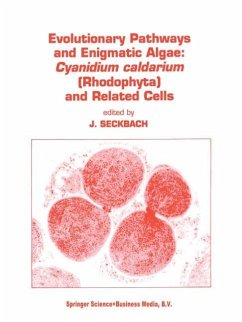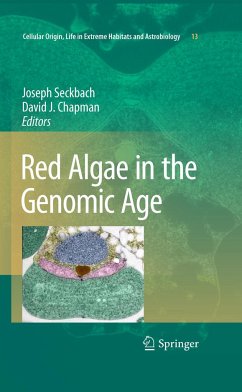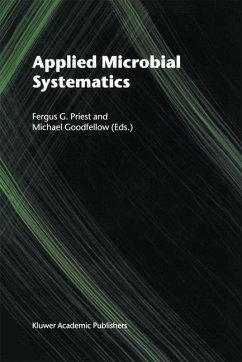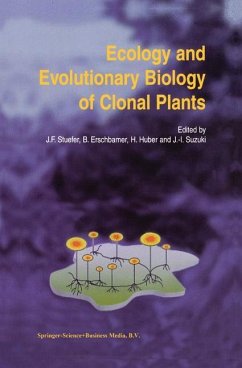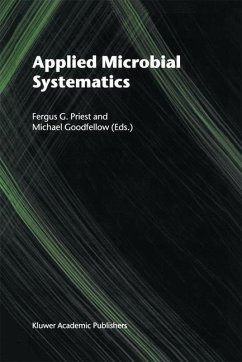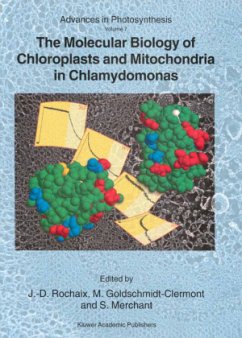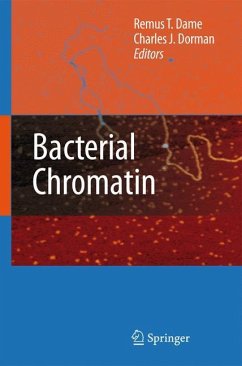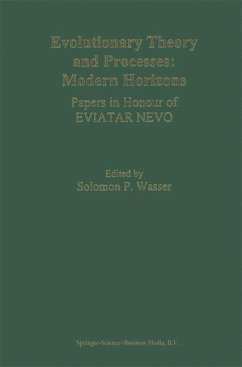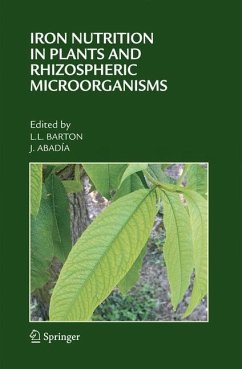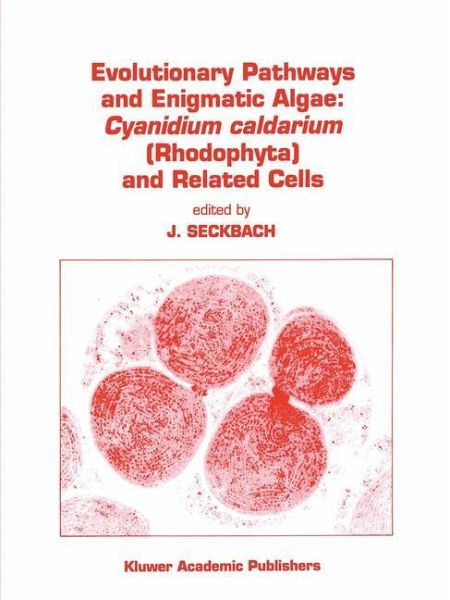
Evolutionary Pathways and Enigmatic Algae
Cyanidium caldarium (Rhodophyta) and Related Cells
Herausgegeben: Seckbach, J.
Versandkostenfrei!
Versandfertig in 1-2 Wochen
154,99 €
inkl. MwSt.

PAYBACK Punkte
77 °P sammeln!
For the first time a book is available devoted to cellular evolution and to the biology of Cyanidium and other enigmatic cells. Twenty international experts present their views and reviews, postulating new theories on compartmental (direct filiation) eukaryogenesis, discussing the endosymbiotic hypothesis, and providing conceptions on molecular RNA and protein sequences of genes for phylogenetic applications. The book contains exclusive reports on additional species (newly discovered) of the Cyanidium group. Special attention is given to the red algae and other enigmatic/unicellular algae incl...
For the first time a book is available devoted to cellular evolution and to the biology of Cyanidium and other enigmatic cells. Twenty international experts present their views and reviews, postulating new theories on compartmental (direct filiation) eukaryogenesis, discussing the endosymbiotic hypothesis, and providing conceptions on molecular RNA and protein sequences of genes for phylogenetic applications. The book contains exclusive reports on additional species (newly discovered) of the Cyanidium group. Special attention is given to the red algae and other enigmatic/unicellular algae including Nanochlorum eucaryotum (a green alga with minimal eukaryotic characteristics). The mystifying taxon of Glaucocystophyta (containing Cyanophora paradoxa -- the endosymbiotic `guinea pig' with cyanelles/host special relationships) is examined. For biologists, post/graduate students in biology, and anyone seriously interested in algae, evolution, cytology, biochemistry and questions of nucleated cell differentiation or cellular endosymbiosis.



